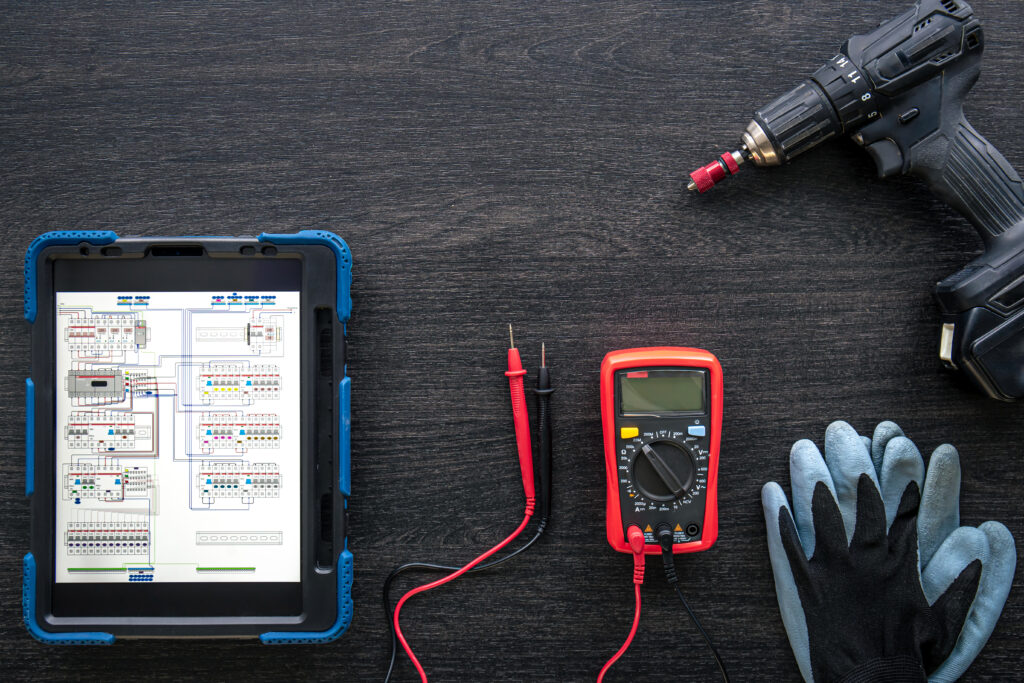In industries where precision is non-negotiable—such as automotive, aerospace, manufacturing, and construction—torque wrenches play a critical role. These tools are designed to apply a specific torque to a fastener like a bolt or nut, ensuring it is tightened to the correct specification. However, over time and use, even the best torque wrenches can lose their accuracy. That’s where torque wrench calibration becomes essential.
What Is Torque Wrench Calibration?
Torque wrench calibration is the process of verifying and adjusting the accuracy of a torque wrench to ensure it delivers the specified amount of torque. This is typically done using a torque calibration machine or torque tester, which measures the output of the wrench and compares it to the intended value.
If discrepancies are found, adjustments are made to bring the wrench back to its correct torque range. This is vital for maintaining safety, equipment reliability, and compliance with industry standards.
Why Torque Wrench Calibration Is Important
- Ensures Precision
Calibration ensures the torque applied matches the required specification, which is vital in settings where over-tightening or under-tightening can lead to mechanical failure. - Enhances Safety
Improper torque can lead to catastrophic outcomes like structural failures, equipment damage, or accidents. Calibration minimizes such risks by ensuring consistent performance. - Extends Equipment Lifespan
Properly torqued fasteners prevent undue stress on machinery and components, extending their service life. - Compliance with Standards
Industries governed by ISO, ASTM, or ASME standards require routine calibration of tools for quality control and auditing purposes. - Reduces Costly Downtime
Preventive maintenance through regular calibration can help avoid unscheduled downtime caused by fastener or machinery failures.
How Torque Wrench Calibration Is Performed
The calibration process generally includes the following steps:
- Initial Inspection
Before calibration begins, the wrench is visually inspected for wear, cracks, or damage. If a wrench is compromised, it may need repairs or replacement instead of calibration. - Testing in a Controlled Environment
The torque wrench is then tested using a torque tester or calibration bench. The tool is subjected to a specific torque setting, and the output is measured. - Measurement and Recording
The technician checks the torque value at different set points (e.g., 20%, 60%, and 100% of the wrench’s range). The readings are compared to the manufacturer’s specifications. - Adjustment (if needed)
If the readings fall outside the acceptable tolerance (usually ±4% for most click-type torque wrenches), the wrench is adjusted using internal components. - Final Verification and Certification
After adjustments, the wrench is re-tested. Once it passes, a calibration certificate is issued, including date, results, technician name, and the next due date.
How Often Should You Calibrate a Torque Wrench?
There’s no one-size-fits-all answer, but the general guideline is:
- Every 5,000 uses or once a year, whichever comes first.
- More frequently for wrenches used in critical applications or harsh environments.
Heavy-duty industrial environments may require calibration every 3–6 months. Keeping a usage log can help determine the right frequency.
Types of Torque Wrenches That Need Calibration
- Click Type Torque Wrench – The most common type, widely used in automotive and mechanical work.
- Beam Type Torque Wrench – Simpler in design, but still requires periodic verification.
- Digital/Electronic Torque Wrench – Offers high accuracy but must be calibrated regularly due to electronic sensors.
- Dial Indicating Torque Wrench – Known for high precision and used in labs or aerospace.
Each of these types benefits significantly from regular calibration to maintain accuracy and performance.
Calibration Certificate: What It Includes
After calibration, you should receive a certificate containing:
- Tool ID and model number
- Calibration date and next due date
- Measured torque values and tolerances
- Technician’s name and signature
- Calibration method and equipment used
- Traceability to national/international standards (such as NABL, ISO, or NIST)
This certificate is essential for quality audits, warranty claims, and standard compliance.
Choosing a Torque Wrench Calibration Service
If you don’t have in-house calibration capabilities, here’s what to look for in a third-party calibration provider:
- Accreditation (e.g., NABL or ISO/IEC 17025 certified)
- Certified technicians
- Traceable equipment to national/international standards
- Quick turnaround time
- On-site calibration options for large-scale operations
Reputable providers also offer service contracts for multiple tools, saving time and cost over individual servicing.
Maintenance Tips to Avoid Frequent Calibration
- Store properly – Keep the torque wrench in a case away from moisture and direct sunlight.
- Release tension – After use, reset the wrench to its lowest setting to avoid spring fatigue.
- Avoid drops or impacts – Physical shock can affect calibration.
- Clean regularly – Wipe off grease and debris that could interfere with function.
Proper use and care go a long way in maintaining calibration longer.
Conclusion
Torque wrench calibration is not just a technical necessity; it’s a fundamental aspect of workplace safety, equipment reliability, and operational efficiency. Whether you’re tightening lug nuts on a vehicle or assembling parts on an aircraft, a calibrated torque wrench ensures you get the job done right—every single time.
Invest in regular torque wrench calibration, and you’ll not only meet industry standards but also gain peace of mind knowing your work is backed by precision.


